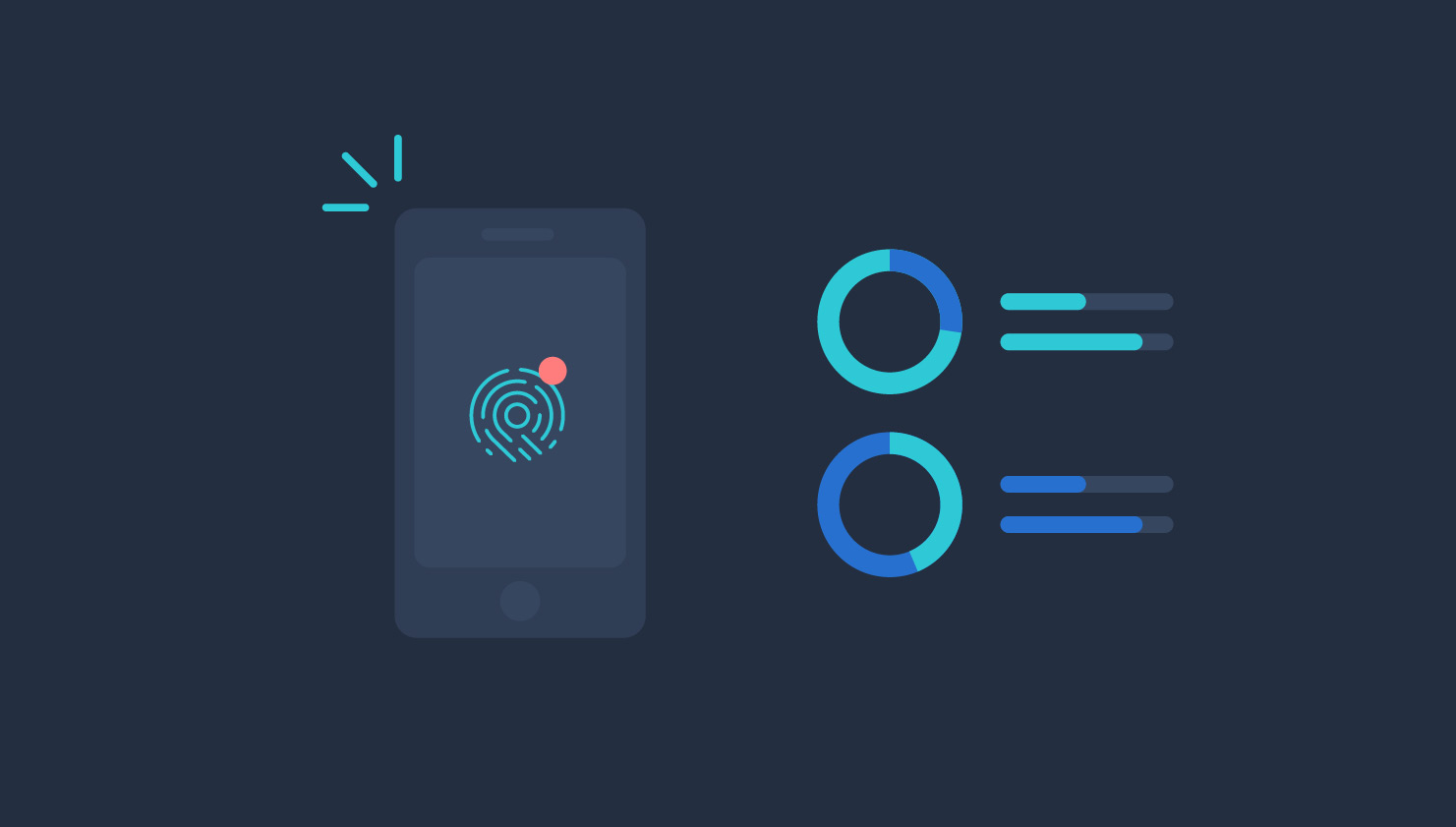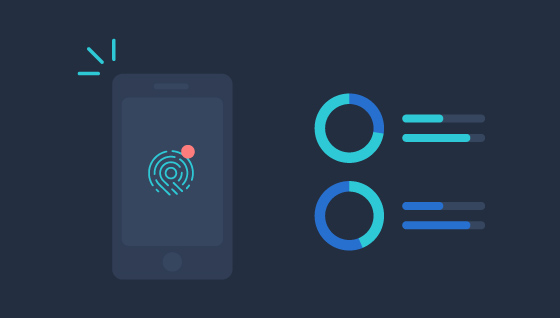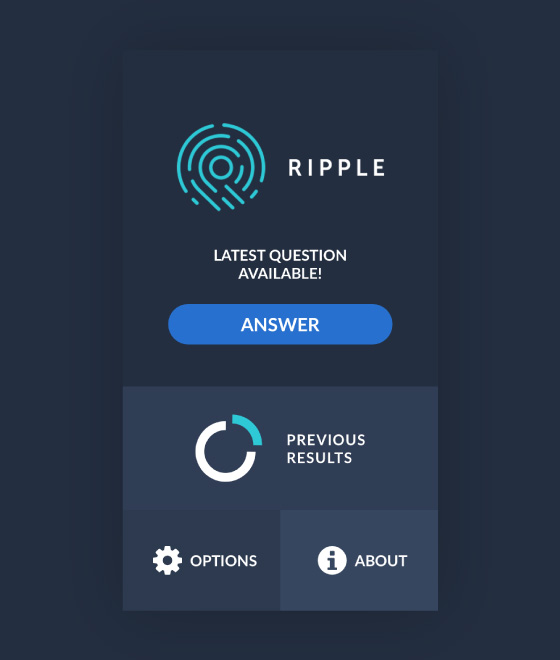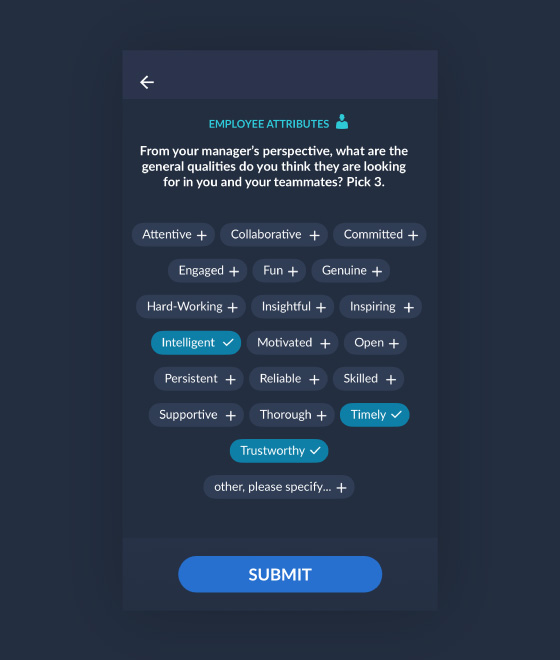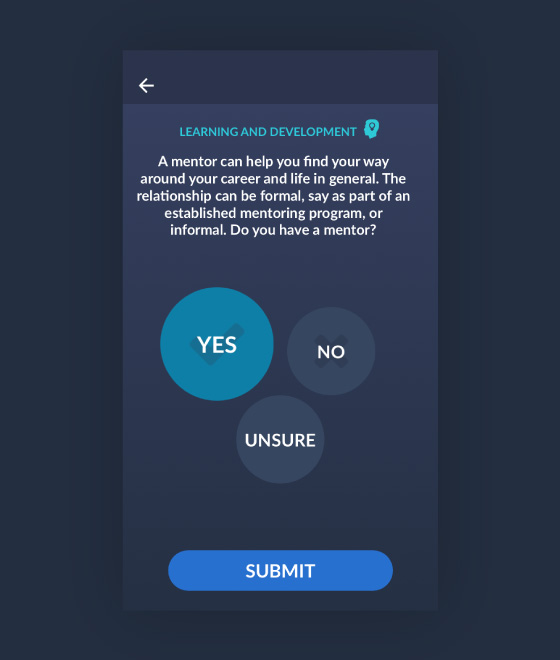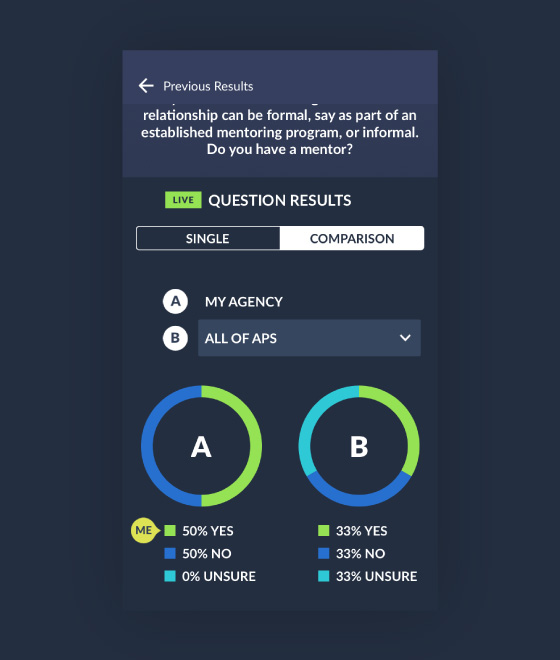Supporting high-performance
culture in Australian government



Ripple is a multi-award-winning app designed to support a high-performance culture within large organisations.
It looks simple. Each day, users receive a brief question related to an aspect of high performance culture. They can answer the question within seconds and then see live graphs for how that question was answered both within their department, and in other departments.
What’s striking is the impact. The Australian Public Service Commission ran a three-month pilot with 1500 staff across 31 government agencies. Over 1100 of these participants answered questions nearly every day, representing around 70% daily engagement—for three months!
Of those 1100 participants, 100% said they would recommend Ripple to others, and 90% those users found the intra and interdepartmental data visualisation valuable for reflection and communication.
Most importantly, 51% of engaged participants gave Ripple credit for changes they made to their behaviour at work.
“It’s an innovative way to connect the APS and grow current reflections on leadership, leading, the work we do and the way we do the work.”
PARTICIPANT, DEPARTMENT OF FOREIGN AFFAIRS AND TRADE
“I can honestly say it has improved my performance as a leader along the way.”
PARTICIPANT, AUSTRALIAN TAX OFFICE
“I can say that my team are having a great time each day providing feedback for the answers I post.It has generated a number of discussions.”
PARTICIPANT, DEPT. OF IMMIGRATION AND BORDER PROTECTION

Ripple is a conversation starter
Cultural change takes time. It takes daily application and needs to engage people socially in order to be sustained.
So if you’re using Ripple, each day you get a sent a question related to high-performance culture. For instance, you might be asked, “Has your manager given you feedback on your work in the last two weeks?”
The question only takes two seconds to answer, but it gets you thinking: “Have I gotten any feedback? Should I have gotten feedback? Should I be asking for it? Should I be giving more feedback?”
When you look at the live response data you get a sense of whether or not this is a problem for everyone, and as those thoughts roll around in your mind through the day, you begin to behave a little differently, talking to your co-workers about the issue of feedback, noticing its presence or absence, and possibly giving or receiving more than you might have otherwise done.
Over several months of daily use, you begin to pick up on themes and principles that unify the questions, and start to see compounding results from small changes.
Now this concept only works if people find Ripple sticky over a sustained period. We achieve this stickiness through an artful combination of content, design and technology.
Engaging questions. Ripple’s questions are carefully defined, phrased, grouped, and sequenced to be engaging and meaningful.
Intimate design. The visual design uses a dark palette with subtle depth to create an intimate, private space that feels less corporate/government, and more personal and inviting.
Tactile interaction. Ripple interactions are quick and simple, but also feel tactile and interesting, making the experience of using the app just that little bit more rewarding.
Meaningful data. The data visualization is kept simple. Fancy charts look great, but aren’t necessarily sticky. Ripple uses simple charts with elegant design so users can see the comparisons that interest them.
Native app. Being a native mobile app means users can receive push notifications for each daily question, and can respond and see results in the blink of an eye.
What can we learn from Ripple as a project?
What’s remarkable about Ripple is how a small app can produce such big results.
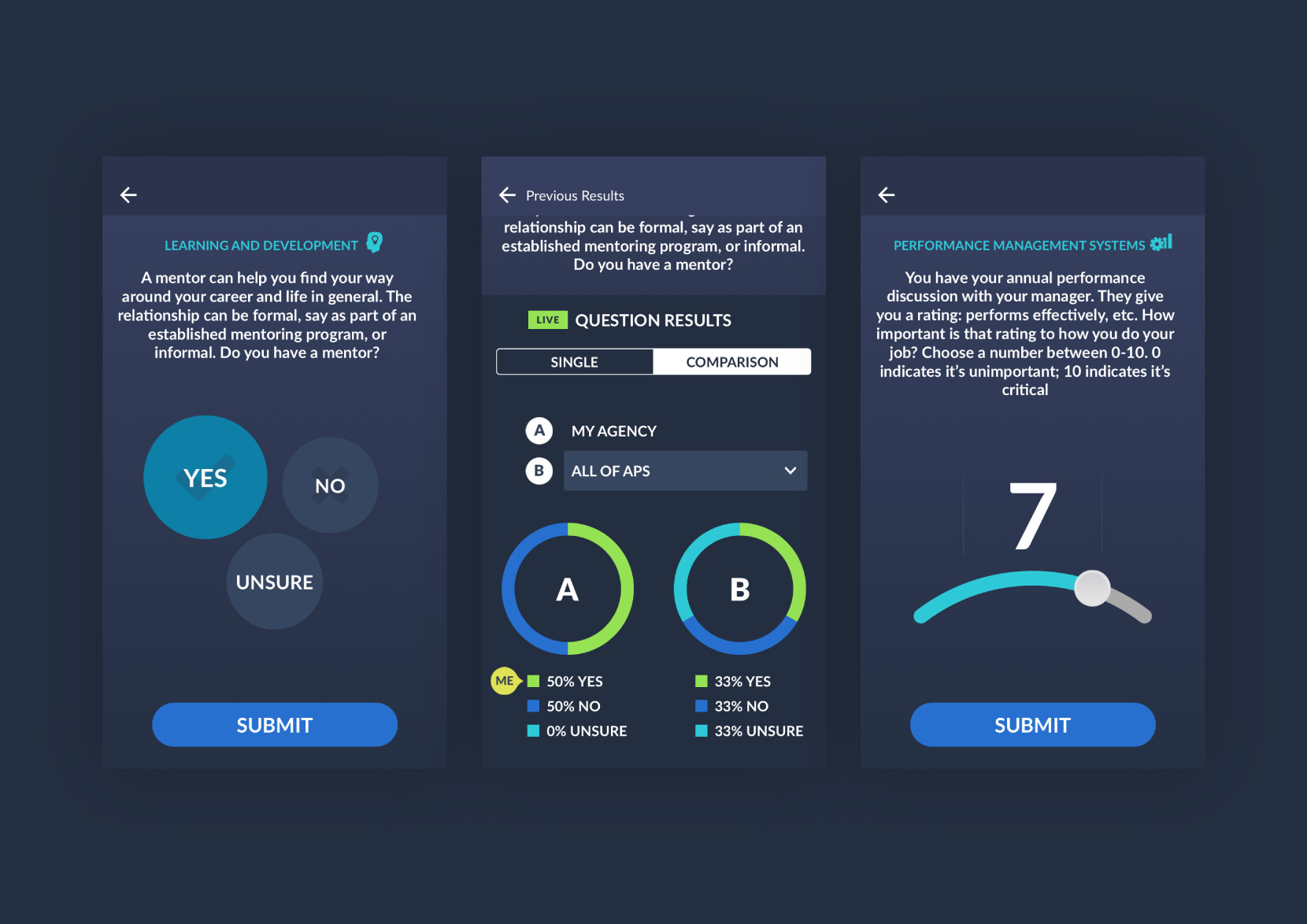
Taking time to find the right idea
Ripple started when a couple of people from the Australian Public Service Commission phoned us out of the blue to ask for some advice.
The team was grappling with the challenge of building a high-performance culture amongst 160,000 people in the federal public service, without any control over pay scales, job descriptions, work assignments, staff relationships, or other organisational levers of power.
They’d called because they were interested in developing an innovative digital solution along the lines of MindMatters. Our gut reaction was that a rich-content direct-instruction model like MindMatters would not work in this situation, but we didn’t know what would.
We did suspect a good solution would be small, intimate, phone-based and subtle, but we couldn’t think of a specific execution.
Rather than rushing in with a half-baked concept, we bounced ideas back and forth over several months, until things finally clicked into place when the APSC team brought up the idea of pulse surveys.
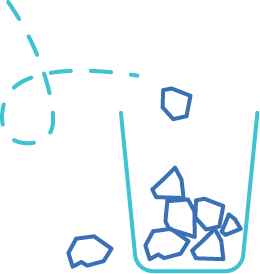
Innovation doesn’t always look radical
Pulse surveys are a well-established polling technique, but we realised that we could twist the pulse survey concept to create something that fit our needs.
When you deliver a pulse survey, you’re typically interested in getting information and giving the appearance of listening. You create a report with your findings, and then if you want to create organisational change you might launch some initiatives based on the results.
With Ripple there is no report and no initiatives—the app itself is the engine of change.
This leads us to pay careful attention to the question design, so that questions don’t just get data, they get people thinking and talking about important ideas. It also means that we use data to sustain engagement and interest, but also measure trends through the duration of the program.
These changes are subtle, but they make a big difference, and they’re a good example of why we don’t like to talk much about innovation in our work, because so often the greatest impacts come from adapting and improving an existing idea.

Sometimes it works to do the opposite
A normal approach to a high-performance culture brief would be to develop content, resources and workshops to teach everyone how it’s done.
Ripple is radical in that it does the opposite. It simply asks questions, and creates a space where users can explore the problem for themselves.
This gives users a very different experience. They’re not overwhelmed by content, or by the challenge of applying a “high-performance culture framework” to their workplace.
Instead they’re talking and thinking about their daily experiences, and making small tweaks as they go. These small tweaks compound into significant cultural shifts, and users begin to form an overarching model for how to influence their work culture.

Small app, big impact
Ripple is an organisational development initiative that can scale to hundreds of thousands of employees, showing extremely high retention and satisfaction, and significant impact.
But what’s really innovative is that those results were not delivered through a big training program, leadership retreats, consultancies, or anything like that—they were delivered by essentially evaporating the content and making it ambient.
Ripple demonstrates the power of tackling a big challenge by thinking small.

